Yes, 10 years ago was the first documented public commit to Vespucci
This seems to have marked public availability including the wiki a couple of days later.

10 years is methusalem age for Android apps given that the first commercial Android device became available at the end of 2008, Naturally both functionality and code base has developed a lot since the beginnings.
In any case thank you to all the developers that have contributed, lots of them long before I became involved and special thanks to Marcus for his contributions and for continuing to provide the access to the google play store.
Version 13
Back to current times, version 13 is nearly ready for a beta release that I expect in a couple of days.
Some of the highlights:

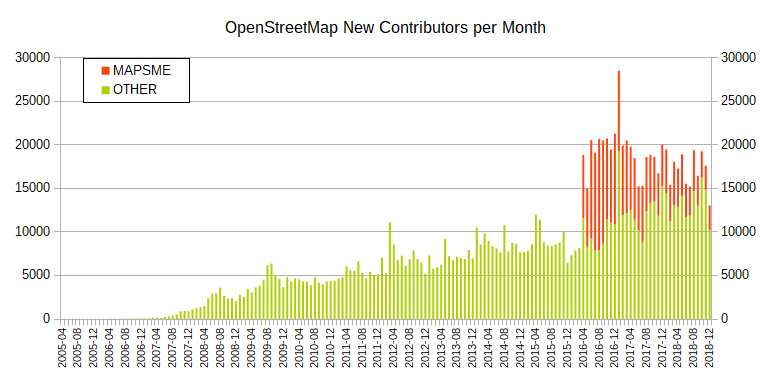
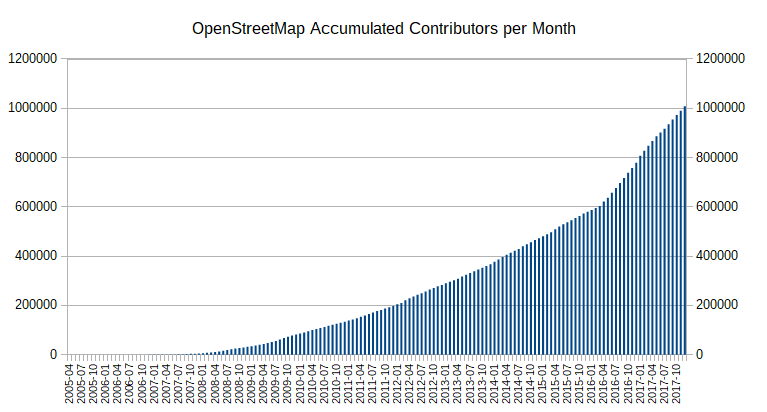
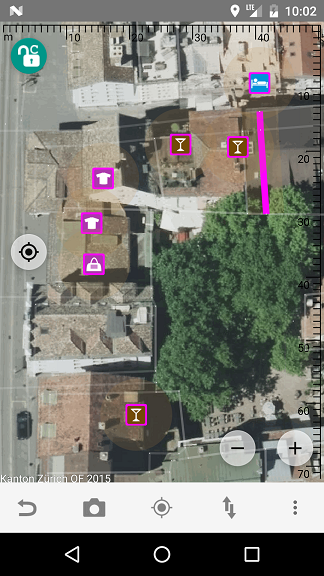
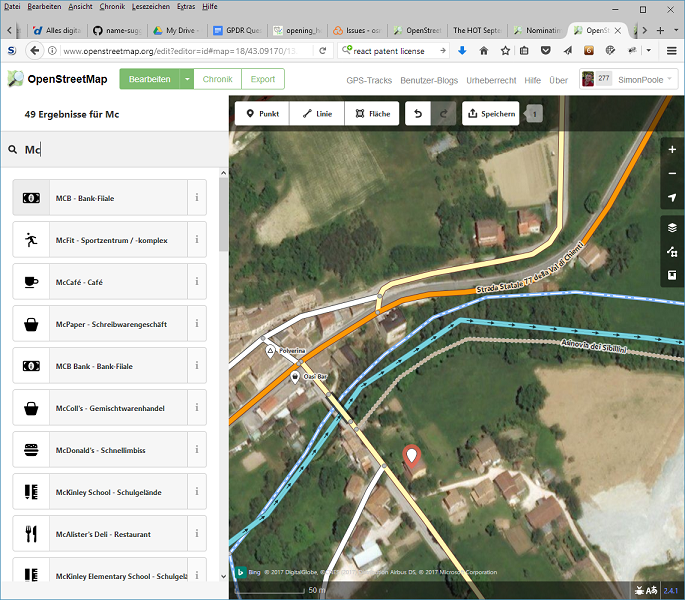
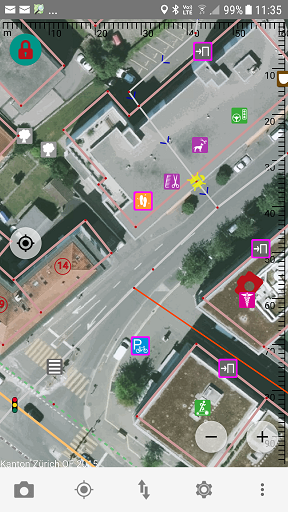
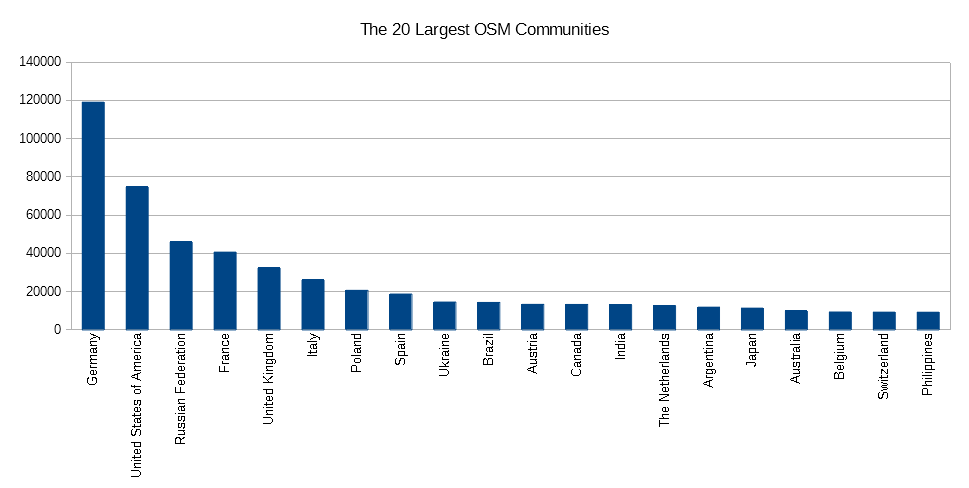
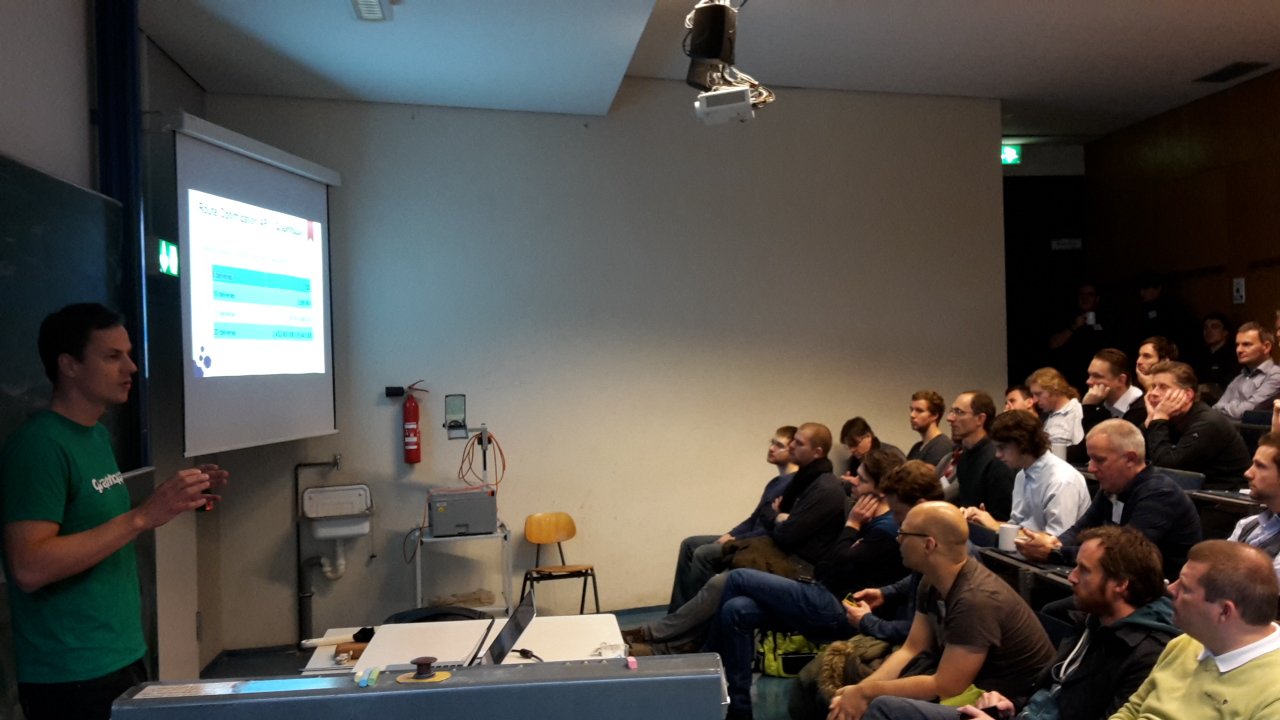 Stefan from GraphHopper presenting at Wherecamp Berlin.
Stefan from GraphHopper presenting at Wherecamp Berlin.